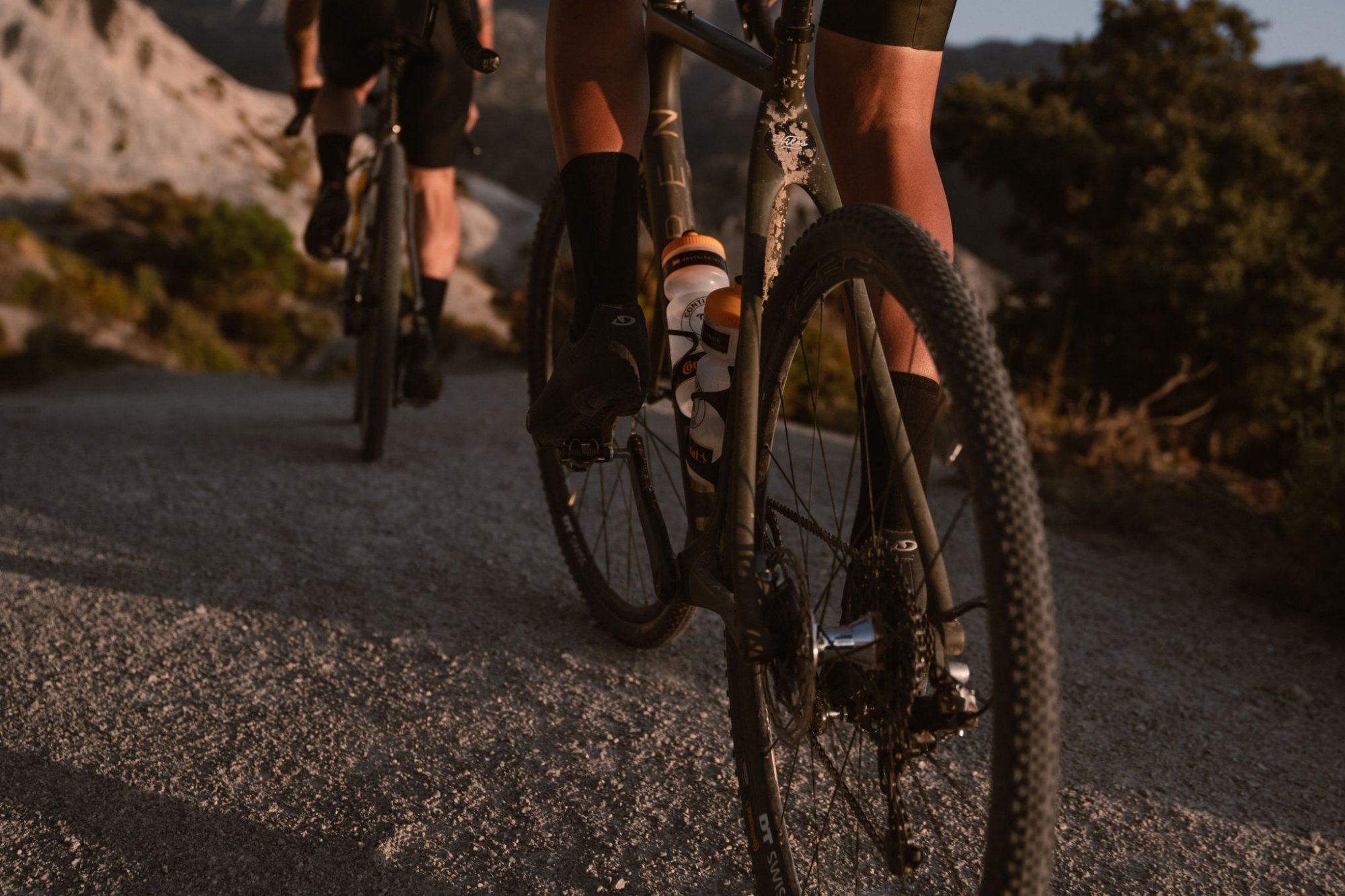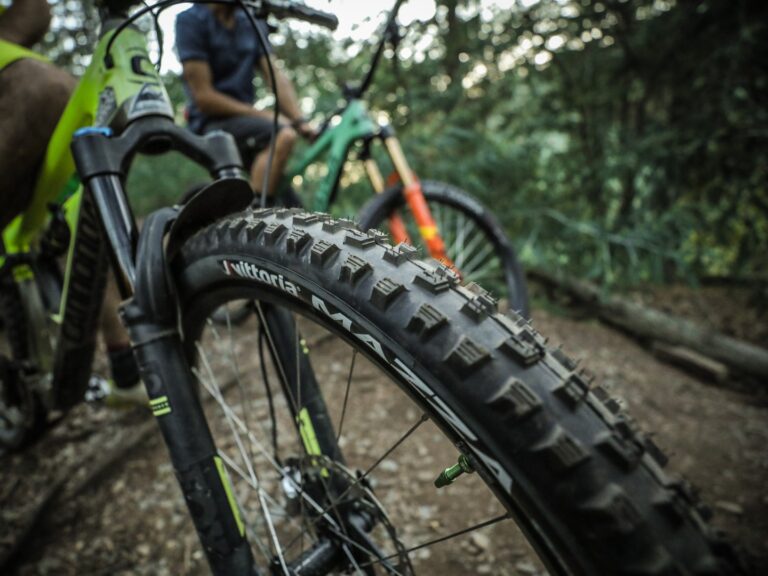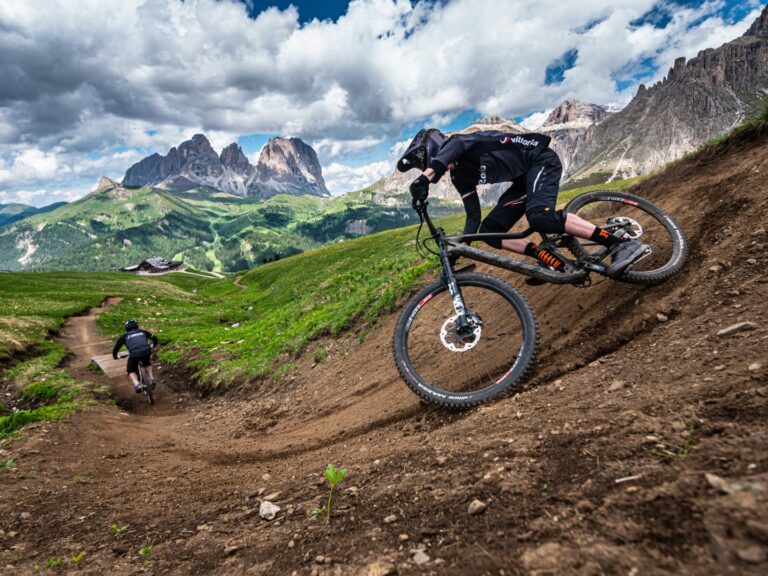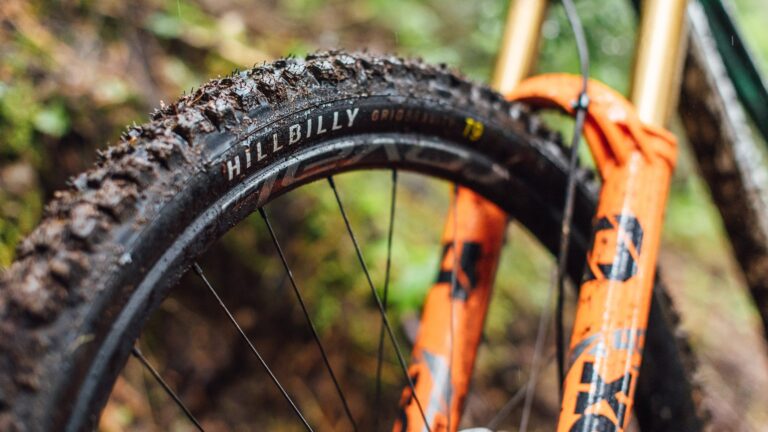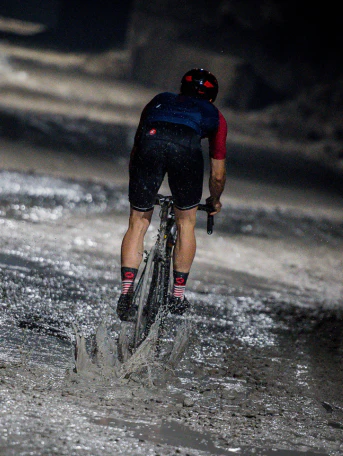Understanding Types of Gravel Bike Tires: Navigating the World of Gravel
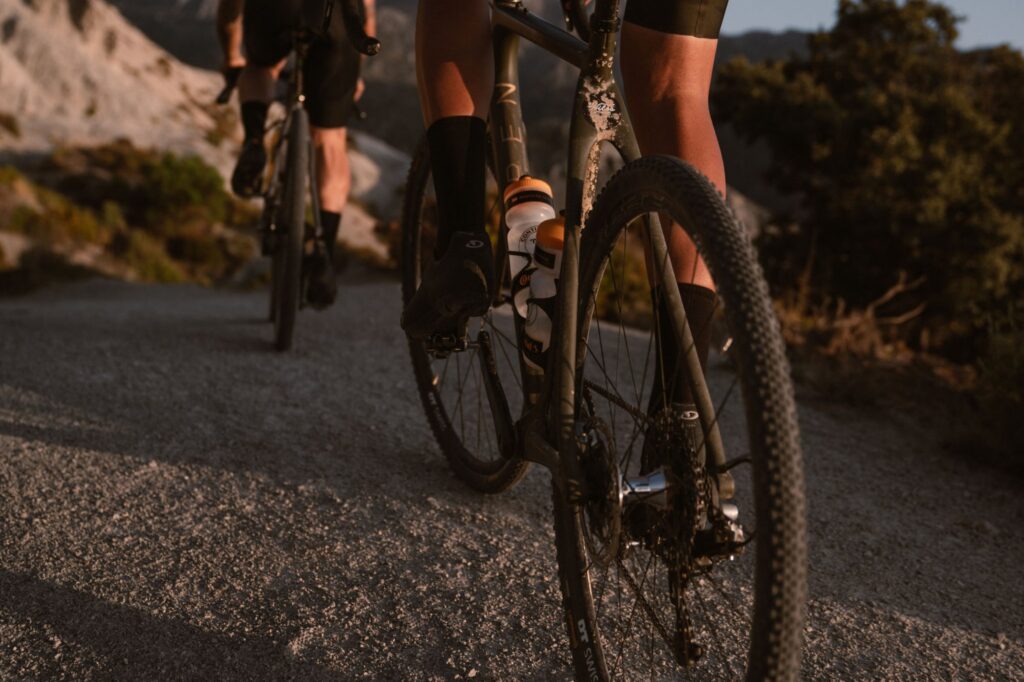
Key Point Summary of Types of Gravel Bike Tires:
Exploring the various types of gravel bike tires is essential for any cyclist looking to optimize their ride. This article covers the key differences between tubeless and clincher tires, the importance of tread design, and how these factors influence performance on gravel terrains. Tailored for beginner to mid-level cyclists, it provides insights into selecting the right tire type for different gravel riding conditions.
Hey fellow cyclists! With years of experience on mountain, gravel, and cyclocross bikes, I’ve come to appreciate how much of a difference the right set of tires can make. Gravel biking, in particular, demands specific tire considerations to tackle the unique challenges of its terrain. Let’s delve into the types of gravel bike tires and what makes each of them stand out.
The Role of Tire Pressure in Gravel Riding
Tire pressure is a critical aspect of gravel riding. It affects the bike’s handling, comfort, and efficiency. With tubeless tires, you have the flexibility to run lower pressures for better traction without the risk of pinch flats. Finding the right pressure is a personal journey; what works on one terrain may not on another. I’ve found that slightly lowering tire pressure can drastically improve ride quality on rougher trails.
Tubeless-Ready vs. Full Tubeless Tires
It’s worth noting the difference between tubeless-ready and full tubeless tires. Tubeless-ready tires are designed to be used with a sealant for added puncture protection, whereas full tubeless tires are entirely airtight and often provide even better performance. This distinction became apparent to me during a multi-day gravel event, where tubeless-ready tires offered the flexibility I needed for varied conditions.
Tubeless vs Clincher Tires
One of the first decisions you’ll face in choosing gravel bike tires is between tubeless and clincher types.
Tubeless Tires: These have become increasingly popular in the gravel biking world. The main advantage? They can be ridden at lower pressures, enhancing grip and comfort without the risk of pinch flats. Plus, their sealant can quickly fix small punctures. I recall a time during a long gravel ride when a tubeless tire sealed itself after being punctured by a thorn – it was a real game-changer.
Clincher Tires: These traditional tires require an inner tube. While they might not offer the same puncture protection as tubeless options, they are typically easier to install and more widely available. I’ve used clinchers for years and found them reliable, especially for those just starting out in gravel biking.
Impact of Tire Weight
The weight of your gravel tires also plays a significant role in how your bike handles. Lighter tires accelerate faster, making them great for racing or fast-paced rides, while heavier tires offer more durability and puncture resistance, ideal for rugged, unpredictable terrain. Balancing weight with performance needs is something I’ve learned to fine-tune over time.
Seasonal Tire Choices
Consider the season and weather conditions when choosing gravel tires. In drier seasons, you might opt for tires with less aggressive tread for speed and efficiency. In contrast, wet and muddy conditions call for tires with deeper treads and better mud-shedding capabilities. I’ve had to switch tires seasonally to adapt to the changing conditions effectively.

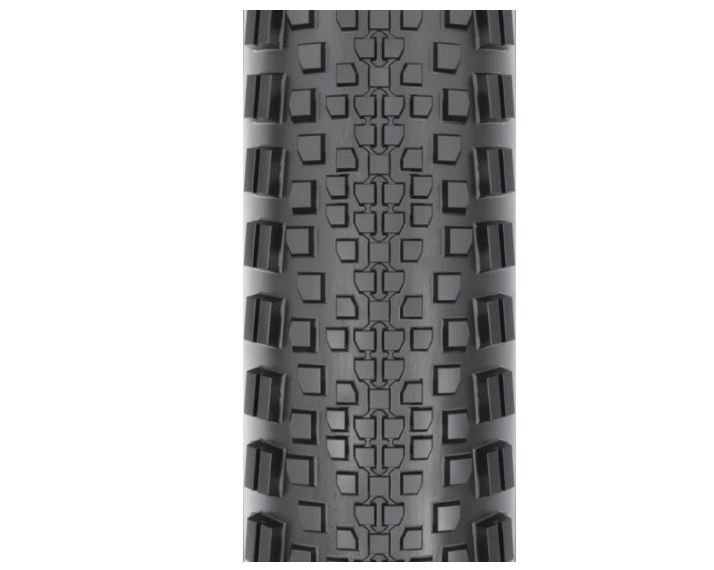
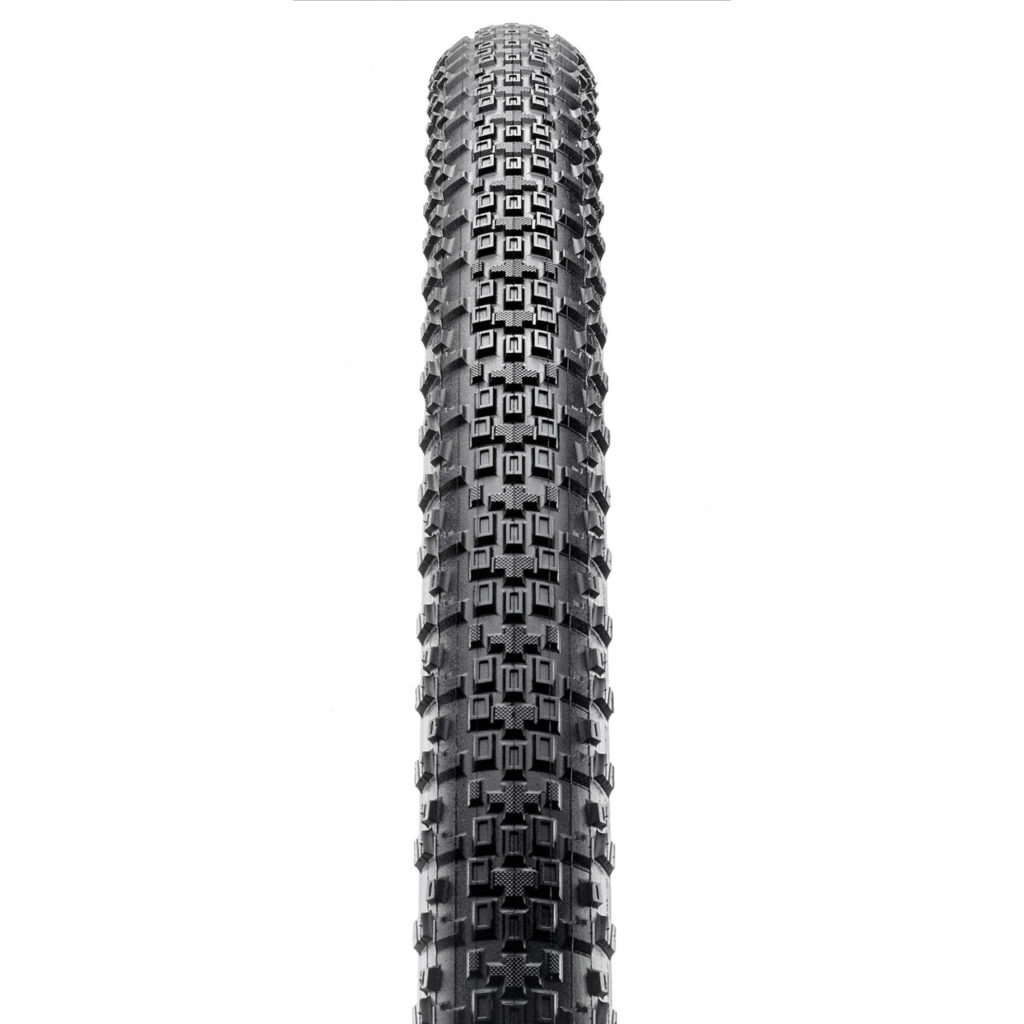
Tread Design
The tread design of a gravel tire significantly impacts its performance.
Knobby Treads: Best for loose or muddy conditions, these provide extra grip. I’ve found knobby treads to be invaluable on wet, slippery trails.
Slick Treads: Ideal for smoother, hard-packed surfaces. Riding slick treads on a fast gravel route feels incredibly efficient.
Mixed Tread Patterns: These are a versatile middle ground. I often opt for mixed treads when I’m unsure of the terrain or expecting a mix of conditions.
Tire Width and Volume
The width and volume of gravel bike tires are crucial factors in determining ride quality. Wider tires offer more comfort and better traction, which can be a blessing on long, rough rides. However, they can also be heavier and slower on smooth surfaces. It’s all about finding the right balance for your specific riding style and terrain.
Puncture Protection and Durability
Gravel riding can be tough on tires, so choosing a type with robust puncture protection and durability is wise. I’ve learned from experience that a tire that can withstand the rigors of gravel will save a lot of headaches (and tube changes) in the long run.
Advanced Tire Technologies
Modern gravel tires also come with advanced technologies like reinforced sidewalls, specific rubber compounds for better grip, and varying tread patterns for specific conditions. Keeping up with these innovations can offer a significant advantage in both performance and comfort.
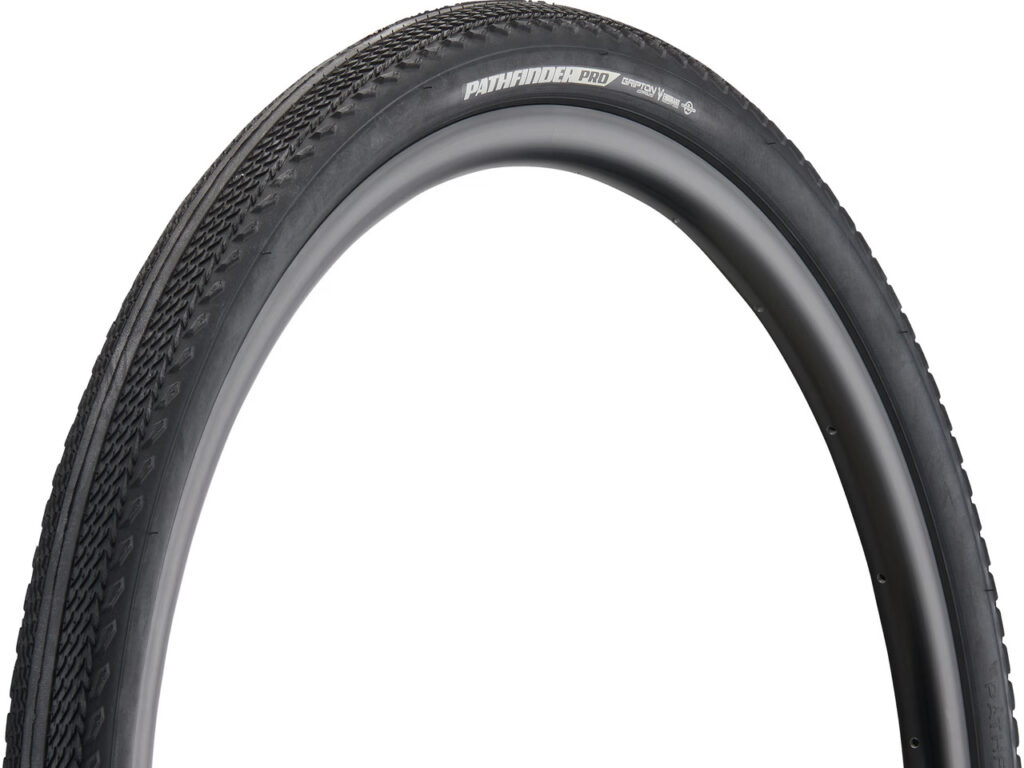
Top Picks for Gravel Bike Tires
Based on the criteria discussed, here are some of the best gravel bike tire models:
- Vittoria Terreno Dry: Ideal for dry conditions, these tires offer a fast-rolling center with fish scale knobs on the sides for cornering grip.
- Specialized Pathfinder Pro: Known for versatility, these tires have a smooth center tread for speed and grippier edges for mixed terrain.
- Challenge Gravel Grinder: Excellent for rough and loose surfaces, these tires feature durable construction and aggressive tread patterns.
- Donnelly X’Plor MSO: Designed for a broad range of conditions, these tires offer a combination of low rolling resistance and high traction on mixed surfaces.
- Kenda Flintridge Pro: These tires are known for their smooth ride and durability, with a design that handles both hardpack and loose gravel effectively.
Each of these models offers unique advantages, from dry terrain performance to versatility across various gravel conditions.
Final Thoughts
Choosing the right type of gravel bike tire is about understanding your needs, the bike’s capabilities, and the type of terrain you’ll be riding on. Whether you go tubeless or stick with clinchers, prefer knobby treads for mud or slicks for speed, the perfect tire for your gravel adventures is out there. With a bit of research and some trial and error, you’ll find the tires that best suit your style and terrain.
John
FAQ
What are gravel bike tires?
Gravel bike tires are specially designed tires for riding on gravel and mixed-terrain surfaces. They typically feature a wider, more durable construction than road bike tires, with tread patterns that provide a balance of grip and efficiency on loose, uneven, or slippery surfaces. These tires are built to handle the demands of gravel roads, light trails, and varying off-road conditions.
What size tires are most popular on gravel bikes?
The most popular tire sizes on gravel bikes typically range from 35mm to 45mm, providing a good balance of traction, comfort, and rolling efficiency on varied gravel surfaces.
Are 700c tires good on gravel?
Yes, 700c tires are good for gravel riding, especially when they are in the wider range (around 35mm to 45mm), offering a balance of speed, traction, and comfort on gravel surfaces.
